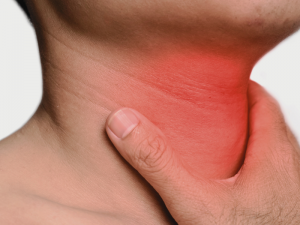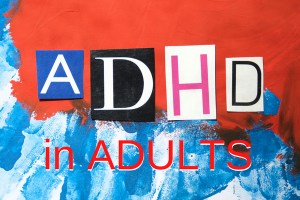Last time I talked about the shoulder joint structure and briefly highlighted what can go wrong, lets look at some of the common problems that cause shoulder and arm pain in a little more detail
Rotator Cuff Muscle Injury
The rotator cuff is four muscles that surround the shoulder joint and control its movement and stability. Wear and tear injuries usually, develop gradually over time, typically in people in their middle years. However, they can also come on suddenly in any age group. Rotator cuff tears are a common cause of shoulder pain, the severity of the symptoms and restriction will depend on the extent of the tear.
How it usually presents
Sudden or gradual onset of a dull ache deep in the shoulder and weakness. Reaching the arm above the head or behind the back most commonly a cause of symptoms/
Tendonitis
Inflammation or degeneration of the muscle tendons, the pain tends to be worse with arm movement with repetitive, overhead movements, and minimal pain at rest. There may be some associated weakness.
How it usually presents
Gradual onset of symptoms with an ache in or around the shoulder and sharp pain when moving the arm, particularly above head height. Sleep often affected
Shoulder Bursitis
Bursas are small fluid-filled sacs that sit between bone and soft tissue to allow smooth, friction-free movement. Inflammation from injury or repetitive movements can lead to shoulder pain. Which is sometimes accompanied by other problems such as impingement syndrome
How it usually presents
Usually with low-level localised pain, which is worse with arm movements.
Labrum Tear
The labrum is a layer of cartilage that lines the shoulder joint to help improve the stability. The labrum may be injured or torn in several ways; by trauma such as a fall, from repetitive overhead movements or heavy lifting. Labrum tears often result in instability.
How it usually presents
Often with a diffuse, ill-defined ache around the shoulder and upper arm rather than over a specific point. There may be instability with occasional catching/locking sensations.
Shoulder Joint Conditions
A few conditions are affecting the inside of the shoulder joint that can lead to pain and or restriction:
Frozen Shoulder
A frozen shoulder can cause shoulder pain due to joint capsule thickening and tighten. In most cases, symptoms develop gradually with no apparent cause; it can also develop a frozen after any shoulder injury or surgery. It can take around 18 months to 2 years to fully recover.
How it usually presents
Gradual onset progressing through three phases:
- Stage 1 increasing shoulder pain with minimal stiffness
- Stage 2 increasing stiffness, decreasing pain,
- Stage 3 stiffness gradually resolves.
Typically only affects one shoulder
Impingement Syndrome
Shoulder impingement a collective term for anything that reduces the space in the shoulder joint causing the soft tissues to get trapped. It is a common cause of arm pain; it may be due to bone spurs and inflammation of the soft tissues in the joint.
How it usually presents
Sharp, painful arc with shoulder movement, with associated weakness and sleep disruption as it can be excruciating to lie on the affected side
Bone Problems
Possible problems following a fracture, dislocation or as a result of wear and tear
Arthritis
Wear and tear (osteoarthritis) or inflammation (rheumatoid arthritis) of the shoulder joint can cause pain. There may be increasing stiffness and grinding/clicking sensations. Osteoarthritis pain tends to affect just one shoulder, whereas rheumatoid arthritis usually affects both.
How it usually presents
Gradual onset of left shoulder pain, often associated with stiffness and grinding
Spinal or Nerve Problems
Damage or irritation to the nerves that supply the shoulder and arm can cause shoulder pain, including neck problem: e.g. disc bulge, arthritis, trapped nerve
How it usually presents
Pins and needles/numbness in arm, hand or finger, weakness. Shoulder pain that radiates down the arm to the elbow, wrist and hand. Symptoms may affect one or both arms)
Finally (reminder)
Some shoulder problems, discomfort and pain, may be the result of a medical problem or disorder: Any shoulder pain associated symptoms such as feeling unwell, chest pain, dizziness, nausea, weight loss and shortness of breath should be check by a doctor
Treating and managing shoulder pain
There are things you can do yourself to treat shoulder pain, including avoiding activities that aggravate your symptoms, improve your posture, and seek treatment if symptoms persist for more than two weeks
Please note: This is for guidance only, it should not be regarded as a substitute for medical advice, diagnosis or treatment given in person by an appropriately trained health professional







